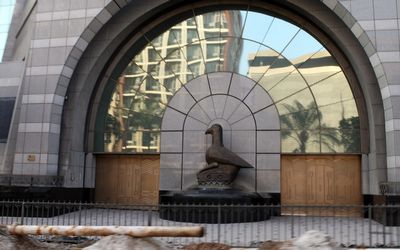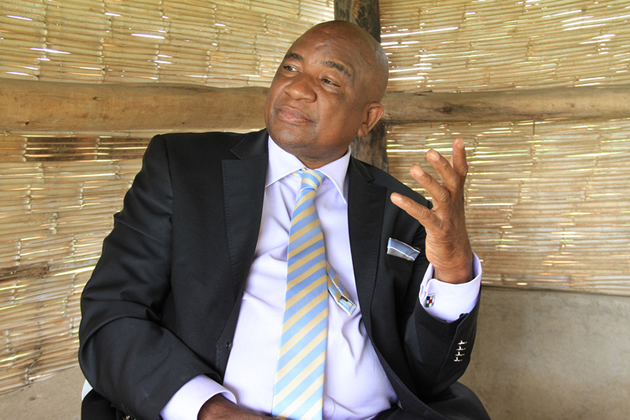Banks fleece borrowers

 Golden Sibanda: Senior Business Reporter
Golden Sibanda: Senior Business Reporter
BANKS in Zimbabwe could still be fleecing borrowers through a litany of charges and the high cost of loans, despite the central bank putting a cap on lending rates; findings from the draft national competitiveness report have shown. The report says borrowers could be paying effective interest rates on bank loans in excess of 24 percent annually made up of the lending rates, establishment fees and insurance costs.“This makes borrowing in Zimbabwe very costly, with actual cost of borrowing in excess of 24 percent per annum,” the report says. Banks charge up to 6 percent annually on balances. The study confirmed earlier assertions that the high cost of funding is among a cocktail of factors making it difficult to do business in Zimbabwe and rendering it unattractive to investors.
In terms of the interest rate framework put in place by the Reserve Bank of Zimbabwe, banks may charge interest of up to 18 percent per annum on loans, excluding other loan charges.
Lending rates may, however, vary and may be as low as 8 percent per year depending on the class of the borrower and risk.
The findings are part of a study on national competitiveness, which was carried out by the National Economic Consultative Forum, instructed and funded by the Ministry of Finance and Economic Development and its development partners.
The study concluded that even the most profitable companies in Zimbabwe may not earn returns enough to cover the cost of such punitive borrowing from the local banks.
“This cost directly affects the demand for bank loans and subsequently on how goods and services are priced in the economy.”
While Kenya and Zambia were found to also have high lending rates, standing at 18,08 percent and 19,5 percent respectively compared to Botswana (7,5 percent) and Mauritius (8,5 percent), interest rates in Zimbabwe are regarded too steep for a country that uses stronger currency, US dollar.
“Zimbabwe’s costs are in real terms compared to comparator countries whose interest rates are charged in local currencies whose value to the dollar fluctuates with any changes to the exchange rates,” the draft report by NECF noted.
The high lending rates are attributed to poor credit of the country (credit rating institutions), lack of investment vehicles in Zimbabwe (Government bonds), the political risk attached to the country, levels of Non-Performing Loans (higher than in the region) and problems with the collateral mechanism.
Generally, factors often cited for hindering business viability in Zimbabwe are high cost of borrowing, tight liquidity, outdated technology, use of old plant and machinery, declining agriculture output, low aggregate demand, electrical power outages and competition from cheap imports.
Government has since broadly responded to some of the issues constraining investors through policy reforms aimed at improving the ease of doing business environment to attract investment, which would address factors at micro level.










Comments